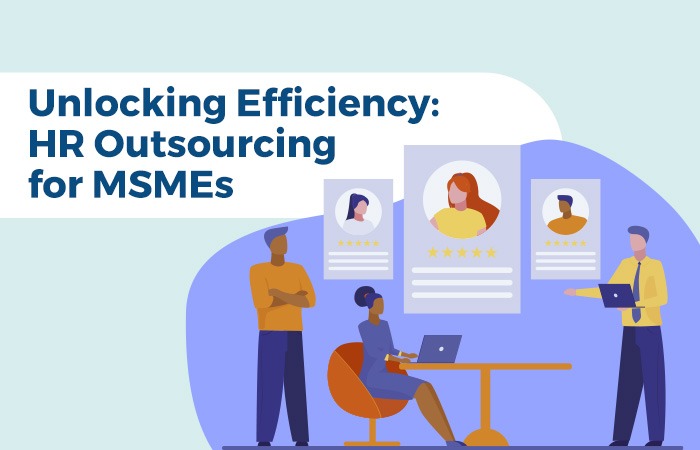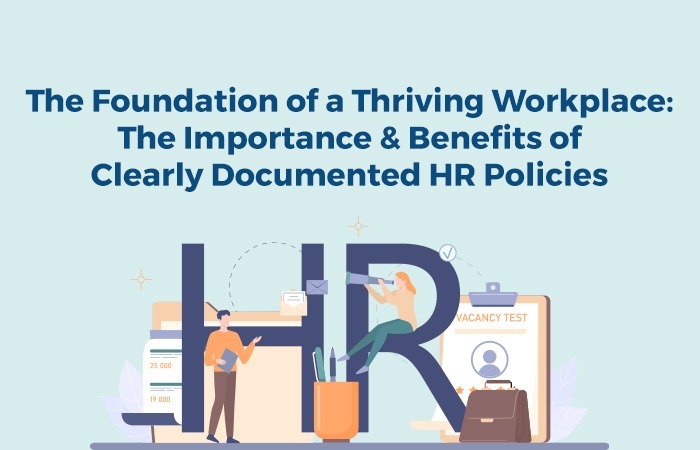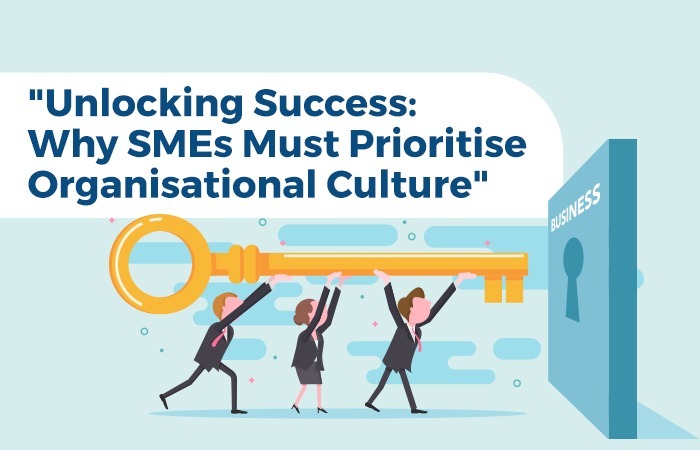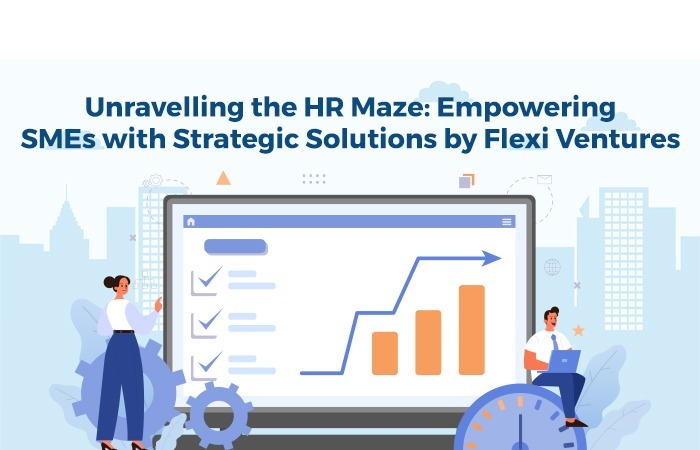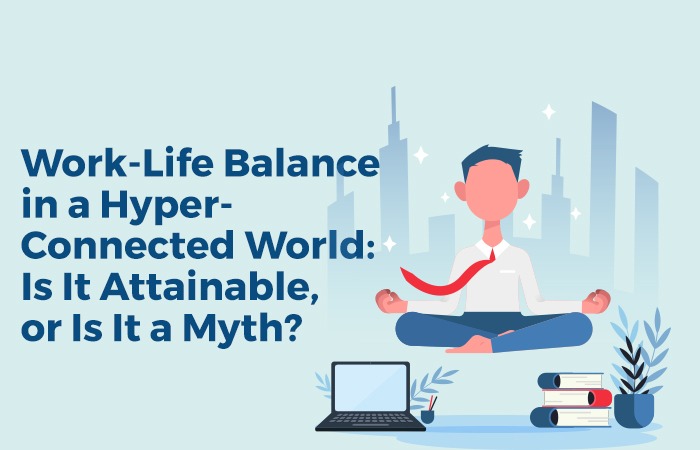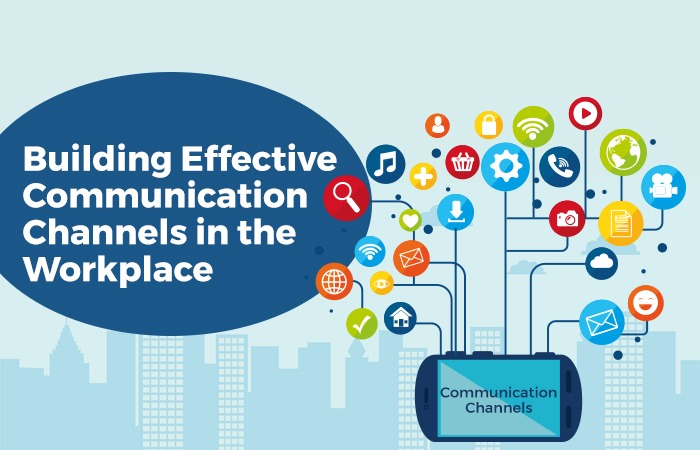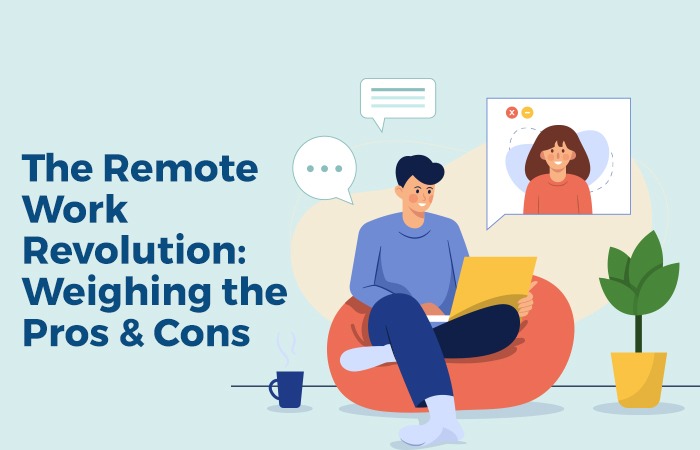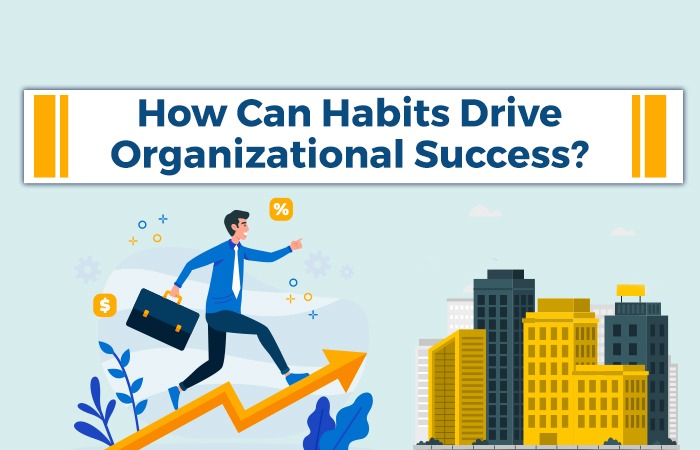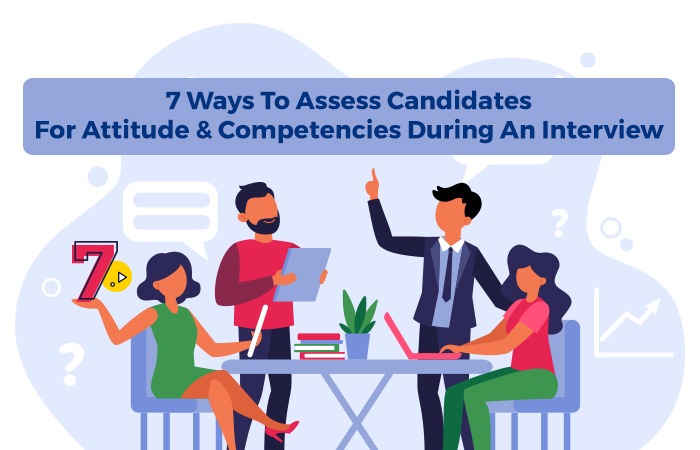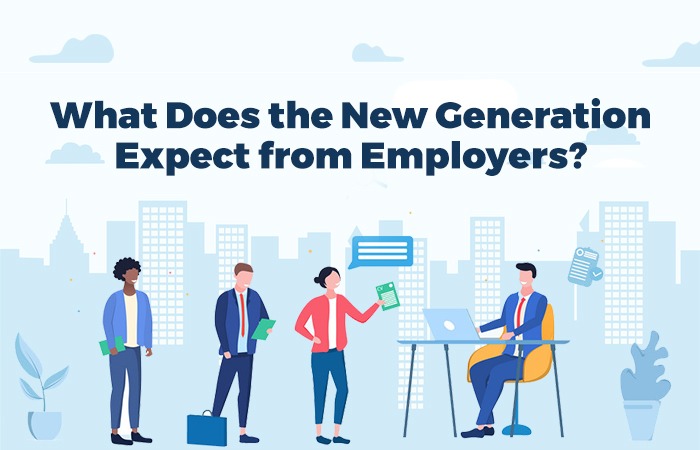The pandemic era of our lives has brought in the never before witnessed trends of “The Great Resignation” and “Top Talent Crunch” in the workforce industry manifesting in ways never envisioned previously, posing a bigger challenge to businesses of surviving the talent pool droughts across the domains and geographies. This inorganic workforce shortfall due to changed nature of opportunities and more importantly, the changed life priorities post covid has made talent hiring a difficult challenge to navigate in the current circumstances, where finding and assessing the right candidates is extremely difficult, especially because of the need to scan a much larger candidate pool size. The task has become more challenging over the past year because job applicants are outnumbering job vacancies and simply put, the ratio of applicants applying for available jobs has, on average, more than doubled during the past year.
Employers are at risk of losing out on top talent, hiring unqualified candidates, and struggle with other screening inconsistencies and recruiters are under immense pressure to manage applicants and find qualified talent while mainatianing a strong hiring pipeline. Fortunately, technologies like automation, machine learning, and AI have simplified modern hiring and turned out to be more than able assistance to navigate these modern day “talent pool” challenges.
Top Benefits of using Recruiting Software
Recruitment software can offer several benefits to recruitment teams when selecting candidates. With tools that are powered by AI and machine learning, recruiters can eliminate inefficiencies, mitigate bias, and connect with top-level talent in the industry.
Let’s look at the top benefits of investing in recruiting technology.
Increase Productivity
Candidate screening software can empower recruiting teams to work more efficiently, make critical decisions quickly, and avoid manual tasks. For instance, automating the manual candidate screening process can free up more time for other priority tasks, especially with volume hiring.
Similarly, automated interview scheduling can decimate the time consumed in setting up meetings with potential candidates.
Enhance the Quality of Hire
Screening software, candidate selection allows recruiters to assess a candidate’s cognitive ability, growth mindset, and problem-solving ability, among others. This fast-forwards the right-fit candidates through the recruitment process. Data-driven recruitment solution that allows recruiters to identify candidates from talent pools that are most likely to be high-performing.
Thus, companies having to review hundreds of candidates each month can hugely benefit from automation and improve the quality of their hires.
Aid Diversity Initiatives
Most talent acquisition leaders find it challenging to connect with and hire diverse talent. By leveraging software tools and supporting technologies, companies can get rid of this bias and optimize their candidate qualification process.
Today, only 20% of firms are leveraging automation to support their diversity initiatives. As businesses increasingly invest in recruiting automation, companies can be assured of a fair hiring process.
Boosts Candidate Experience
Above all, benefits lead to enhancing candidate experience. A great candidate’s experience hugely determines their willingness to join the firm. Automation allows recruiters to build strong relationships with candidates and ensures quick response times.
Ways Recruiters Can Employ Automation in the Hiring Process
1) Preparing
At this stage, it’s about gathering information from the hiring manager. As soon as the job requisition has been approved internally, the recruiter will contact the hiring manager to make an appointment for the vacancy intake.
During the intake, the recruiter and hiring manager will discuss the specific requirements for the new position. It includes the required skills, role in the team, personality, and capabilities of a suitable candidate.
The recruiter will use the information gathered during the vacancy intake to write a clear, inclusive, job description (to use internally).
Based on the job description, they will then write the job posting. The job posting, or job advert, is the external text that candidates will see.
2) Sourcing
Once the foundation for the candidate search has been laid, it’s time to source. This is where it’s easier if the full cycle recruiter is, for example, only focusing on highly specialized roles.
Focusing on specialized roles also makes it easier to build and maintain a talent pool– a database that holds all the profiles of people with interest in your organization.
A talent pool can be a great sourcing channel, too, providing a safety net when faced with a sudden departure, and giving you access to passive candidates who can be hard to connect with.
During the sourcing phase, the recruiter will be in touch with the hiring manager regularly to give them an update on how things are going.
3) Screening
The initial screening of candidates can take place in several ways.
● Resume screening. This is the most common technique. It helps the recruiter assess if candidates comply with (some of) the criteria in the job description.
● Phone screening/chatbot. After the resume screening, a phone screening often takes place. This helps to align expectations between the candidate and the employer.
● Pre-selection. It is a powerful screening method that helps to avoid potential mismatches. Pre-selection tools provide assessments that can include cognitive testing, a job sample, personality testing, and other tests that help to predict the quality of the new hire.
4) Selecting
This step of the selection process is about sending out assignments, arranging interviews, taking part in the interview process, and providing feedback to candidates. It’s also about maintaining a good relationship with the hiring manager and keeping him or her actively involved.
5) Hiring
Once the recruiter and hiring manager have reduced their shortlist to between one and three candidates, it’s time to do a reference check and, in some cases, also a background check.
Reference checks are a way to confirm your perception of the candidate and gather additional information from multiple perspectives. This comes especially useful if you had a doubt about a certain competency or skill during the interview.
6) Onboarding
Once the candidate has signed the contract, the full cycle of recruiting isn’t over yet. This is where the pre-boarding period starts. It refers to the time between the candidate signing the contract and them starting their new job.
It’s crucial to keep in touch with new hires during this period to keep them engaged and excited about getting started. Not doing so can cause them to join another company before they even begin.
Full cycle recruiting can help build better relationships with the hiring managers and the candidates. It can also provide a good experience for everyone involved in the hiring process. Before implementing this type of recruiting, though, carefully consider your organization’s needs as it’s not suitable for every type of organization.


